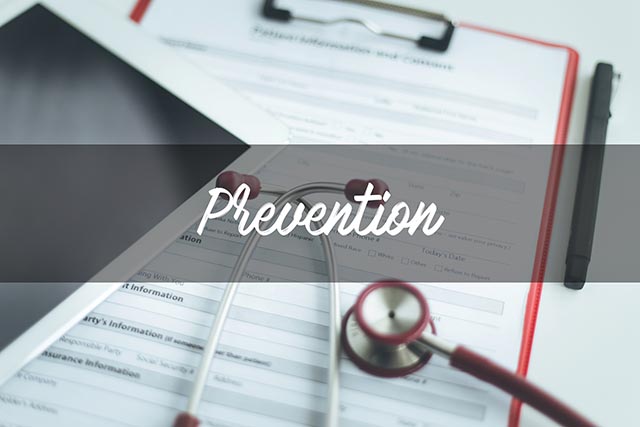
What Are Prevention Programs?
Prevention programs involve the identification of workplace risks and preventative measures. These initiatives call for participation at every level. Employers or owners should collaborate with managers and employees in order to prevent injuries and illnesses. The outcomes of a successful prevention program may include significant improvements in employee retention, safety, productivity, and work quality.
An injury and illness prevention program may also lead to a significant reduction in costs related to workers’ compensation insurance. Fewer accidents, claims, and payouts can result in lower premiums over time. Employers may also be less likely to suffer temporary drops in productivity or work stoppages during employee recovery. Reducing risks can help to keep more trained workers on the job and lower turnover levels that lead to expenses related to hiring and training.
How To Develop a Prevention Program
There are several measures that employers and employees can take to reduce the likelihood that injury or illness will occur in a workplace.
- Assess Risks: Perform a thorough risk assessment and inspection to identify all known occupational hazards. An illness prevention program should target issues or scenarios that can be avoided by way of proactive measures. Work with managers and employees in each department or division to come up with specific action items. These are precise steps that can be taken to prevent accidents and increase safety on the job. Once risks and the measures necessary to avoid or mitigate them are known, an employer has the basis for a functional prevention program.
- Collaborate and Delegate: In order for a prevention program to be successful, it is essential that employer delegate responsibilities and prioritize risks. Preventative safety measures require the participation of every employee in a workplace, but attentive and informed leadership is also necessary. Identify managers or employees in each major department who are capable of assuming the role of prevention representatives or liaisons. These individuals will be responsible for training, monitoring, and collaborating with workers to observe safety standards.
- Train and Maintain: Employers and employees responsible for prevention should work together to train the entire staff in preventative measures and regularly update and review the prevention plan. Post action items in places where workers can see them and familiarize themselves with illness and injury prevention guidelines and requirements. You may want to come up with other ways to make best practices easy to remember and observe on a daily basis. This program should also include methods for maintaining incident tracking.
Employers and managers should remain open to suggestions from workers that may help to make the injury and illness prevention program more practical and responsive. Identify pragmatic ways to include employees in the inspections and investigations necessary to maintain high safety standards throughout an enterprise. It is also a good idea to continue to evaluate risks and the effectiveness of preventative measures and reporting systems.
What Do Prevention Programs Require?
Time, training, and expenditures on instructive or safety equipment may be necessary to put an illness prevention program in place. Be sure to provide sufficient resources throughout the initial stages of a program. Planning and implementation are likely to be the most challenging and costly parts of this process for employers, but a prevention program should pay for itself over time.
As you identify risks and preventative measures, make sure the goals of the program remain clearly defined. Once the program is in place, it can be helpful to a have a designated team responsible for ensuring that all of the measures necessary to maintain safety standards are known and observed. Employers and managers should regularly conduct training sessions for new employees and reviews with updates whenever prevention measures change.
What Makes a Prevention Program Successful?
Prevention programs enable employers to monitor workplace safety and revise plans in light of changing circumstances or conditions. Employers and employees should keep in mind that these programs are always works-in-progress. Managers or delegated employees should continue to report risks and incidents that involve illnesses or injuries.
Every part of an illness prevention program should be geared toward maximizing efficiency and shared knowledge. This approach will increase the preventative effect of the program and provide an appropriate response whenever an illness or injury occurs. In addition to reducing costs and increasing productivity, an injury and illness prevention program can be a great way to bring employees together and help everyone to stay safe.
